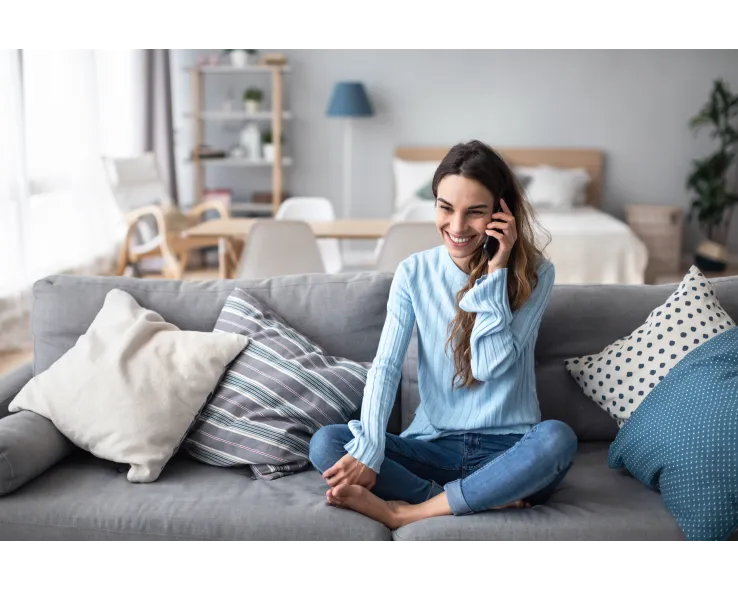A study from the University of Birmingham evaluated the microbiological efficacy of Biovitae LED Visible Light in inhibiting fungal growth, with a specific focus on Stachybotrys chartarum (ATCC16026).
The study aimed to assess Biovitae's fungicidal properties and determine its effectiveness as an innovative tool for microbial control across various environments, including food processing facilities, healthcare settings, and workplaces prone to fungal contamination.
For this study, Nextsense Srl provided two Biovitae light sources (one large and one small), with the larger light selected for experimental testing. While the technical specifications of the light sources were not disclosed, the focus remained on evaluating their impact on fungal viability under controlled laboratory conditions.
Glass Slide Preparation
Sterilised glass slides were inoculated with 100 µL of fungal suspension at a concentration of 1 x 10⁵ CFU/mL. These slides were then air-dried under sterile conditions before being exposed to Biovitae LED Light at a fixed height of 50 cm for durations of 30, 60, 90, 120, and 180 minutes.
Following exposure, fungal cells were recovered using sterile wet swabs and serially diluted in phosphate-buffered saline (PBS) with a dilution factor of 10⁻⁴. The samples were then plated on potato dextrose agar (PDA) plates and incubated at 37°C for 24 hours to evaluate the extent of fungal reduction.
Comparative Analysis of Control Samples and Biovitae Exposed Slides
Observations of agar plates derived from the glass slide test samples demonstrated varying levels of fungal colony formation based on the exposure time to Biovitae LED Light.
The light exhibited a time-dependent antifungal effect, with partial fungal reduction at shorter exposure times and complete inhibition at longer durations. The inhibition was not immediate, indicating a gradual degradation of fungal viability over time.
Effect of Biovitae LED Light Exposure on Stachybotrys chartarum (ATCC16026)
Exposure Time (Minutes) | Final Fungal Count (CFU/cm²) |
30 min | 150 CFU/cm² |
60 min | 87 CFU/cm² |
90 min | 14 CFU/cm² |
120 min | No Growth (NG) |
180 min | No Growth (NG) |
A progressive decline in fungal viability was observed with increased exposure.
Significant reductions were noted at 60 and 90 minutes, while complete inhibition was achieved at 120 and 180 minutes.
At 30 minutes, fungal presence remained relatively high, highlighting the importance of extended exposure for maximum antifungal efficacy.
Glass Slide vs. Control Conditions
The study demonstrated greater fungal reduction on exposed glass slides than in control conditions. The results suggested that direct exposure to Biovitae LED Light significantly enhanced its antifungal effect, emphasising the importance of light proximity and duration in microbial control applications.
These findings highlighted how Biovitae could be utilised as a preventative tool against fungal contamination, particularly in environments where moisture, organic material, and poor ventilation contribute to mould growth.
Conclusion
This validation study confirmed that Biovitae LED light effectively reduced fungal viability, with exposure time being a critical factor in determining its efficacy. The results suggested that Biovitae had potential applications in infection control, particularly in food processing, healthcare, and industrial settings where fungal contamination posed a risk.

